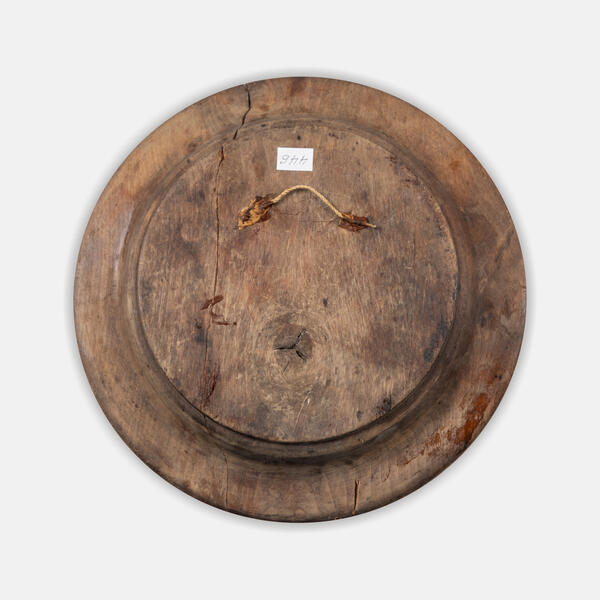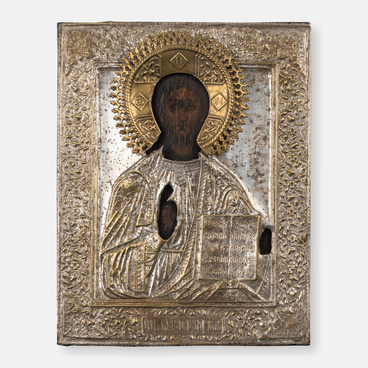At the Potsdam Conference after the end of the Great Patriotic War, the leaders of the three victorious powers, the Soviet Union, the United States and the United Kingdom, agreed that Germany, as the culprit of the two world wars, should be divided. The northern part of the province of East Prussia, including Königsberg and the surrounding area, should be transferred to the Soviet Union as a contribution. The rest should be transferred to Poland. On April 7, 1946, the Presidium of the Supreme Soviet of the USSR issued the Decree “On the Establishment of the Königsberg Region within the RSFSR”, and on July 4, its administrative center was renamed Kaliningrad, and the region became known as the Kaliningrad Region.
After this decree was adopted, the restoration of the region entered an intensive stage. It took place in difficult conditions. Many buildings, enterprises, and factories had been destroyed. Roads, power lines, and water supply systems were out of order. However, in the summer of 1945, the USSR already sent seasoned domain experts to the region and. In 1946–1947, major efforts were undertaken to settle the region and proceed to the next stage in its development.
In the summer of 1946, mass settlement of the Kaliningrad Region began. It became the most large-scale migratory process in the Soviet Union after the Great Patriotic War. Starting from August 1946, settlers from 27 regions of Russia, eight regions of Belarus, and four autonomous republics came to the new region. They brought along utensils, cattle, and household goods. That is how this wooden plate ended up in the museum.
Woodenware has always been widespread in various
areas, and Russia is no exception. Wooden crockery has many advantages: it does
not absorb food odors, does not release toxic substances when heated, is easy
to clean, and helps keep the food fresh, since it hinders the growth of mold.
Most importantly, it can be made of the material that is available everywhere,
without the need to knead and fire clay. Wooden plates and spoons were usually
decorated with various folk-style paintings. The museum’s collection includes a
plate with a folk saying carved into its surface.


